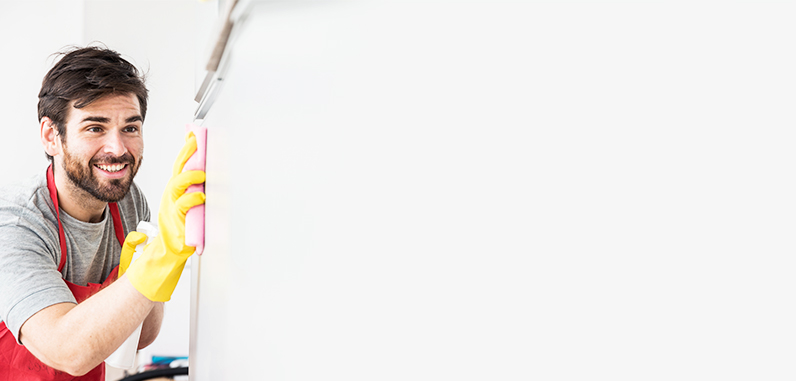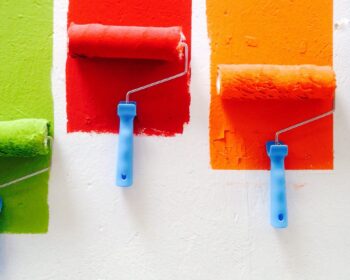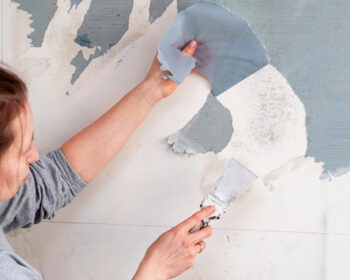
Follow This 5 Cleaning Tips Before Painting Your Wall!
You’ve just realized it’s time to add a splash of colour to your kitchen or bathroom. Before breaking the brushes and rollers, clean the expected surface thoroughly.
But what is the best way to clean walls before painting? Read on to learn how to clean your walls before painting.
Not sure if you should clean the walls prior to painting or not? Cleaning is a necessary step and professional residential painters did it. Although it will sound like a hassle, cleaning proved to improve longevity, since paint can stick best to a clean surface. The most appropriate way to prepare a surface for painting often depends on the condition of the surface.
Exterior surfaces are usually more resilient and can handle a pressure washer’s punch, although it is necessary to handle drywall, wood paneling, and stucco and other interior materials a little more gently.
Here are 5 tips to prepare walls for painting:
Remove Mold and Mildew
If residual mildew or mold is present (possible if a bathroom, basement or other humid area is repainted), use a solution of three-parts water to one-part bleach. Untreated mildew may expand and damage the new coat if this phase is missed.
Give It a Good Basic Scrub Rinse
In most of situations, hot water and a sponge are all you need to create a paint-ready wall. Scrub the surface of the wall and make sure to thoroughly clean the corners and nooks. But, to remove scuffs and smears, apply the grease-cutting detergent to the water. Afterwards, wipe clean with a damp towel and allow it to fully dry before painting. This low-cost cleaning works well with an already-painted room to apply a fresh coat.
Cleaning with Chemical
Particles, chemicals, and other materials can damage the integrity of your drywall during a large-scale renovation, it’s safest to thoroughly wash the walls with something stronger. To ensure that everything is properly washed, use a commercial cleaner such as Trisodium Phosphate (TSP). TSP is used to eliminate mud, grime, scuffs, soot, and all other soiling processes. This technique is a little more costly, but it will provide you with a surface that is as spotless as possible.
Sanding
It is necessary to sand rough or irregular patches if you are running on an older surface or one with chipping paint. To smooth out any bumps or defects, use fine grain sandpaper and a sanding block and wipe the dust clean with a towel. Paint adheres to a flat surface more.
Exterior Preparation
There are two ways to clean the surface while you are painting the exterior of your house. Using a power washer to wipe down the entire dwelling is the first and least labour intensive. The high pressure does an ample job of removing mud, mildew, and everything else, but if used incorrectly, it may skip any finer details or damage siding. The alternative approach is to wipe with the TSP solvent by hand to make sure it is spotless. This will cost less than hiring a power washer, but it is labor-intensive and time-consuming.





